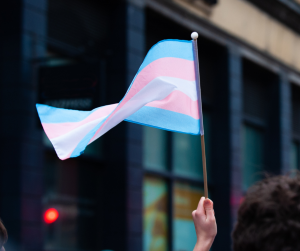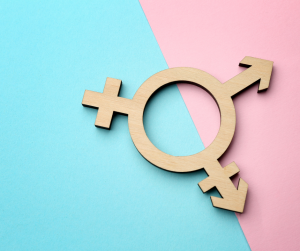As of the end of August, Canadians that identify themselves as transgender are now able to file their genders as “X” when filling out the gender portion of the application for a Canadian passport, and other identification cards. The “X” would indicate that the individual would be neither male or female but instead, “X.”
According to DailyCaller, Canadian Immigration Minister, Ahmed Hussein, said that the amendment is all about equality for Canadians who don’t want to identify themselves as the original male or female gender option.
Hussein goes on to say: “By introducing an “X” gender designation in our government-issue documents, we are taking an important step towards advancing equality for all Canadians regardless of gender identify or expression.”
As of August 31, the new policy from the Immigration Refugees and Citizenship Canada (IRCC) will now includes permitting passports applicants to identify themselves as a third gender or “unspecified.”
“By introducing an ‘X’ gender designation in our government-issued documents, we are taking an important step towards advancing equality for all Canadians regardless of gender identity or expression,” said the Honorable Ahmed Hussen, Canada’s Minister of Immigration, Refugees and Citizenship, in a statement. “All Canadians should feel safe to be themselves, live according to their gender identity and express their gender as they choose.”
This move is part of a larger push to embrace nontraditional forms of gender expression. Back in November, Prime Minister Justin Trudeau appointed a special advisor on LGBTQ2 issues “to promote equality for the LGBTQ2 community, protect the rights of its members, and address discrimination against them — both historical and current.”
However experts are worried that those with an “X” on their passport might run into issues when trying to enter other countries. “I’m really worried that in countries like Uganda and Jamaica, where being LGBT is illegal and there’s laws on the books that prosecute people for identifying as trans, that this could leave people open to arbitrary detention, it could leave them open to scrutiny at airports, degrading treatment,” said Adrienne Smith, a Toronto immigration lawyer who specializes in transgender legal issues, to Global News.
Canada is not the first country to address gender identification on passports and other identification cards. According to the New York Times, Australia, Bangladesh, Germany, India, Malta, Nepal, New Zealand and Pakistan all have a third gender option available.
In June, Oregon became the first state to allow residents to mark their gender as “not specified” on applications for driver’s licenses, learner’s permits and identity cards, according to Fox News.
In the coming weeks, the government is in the process of revising the official passport form and will eventually issue a new passport application which would allow applicants the option to identify themselves as a third gender.
However, the Canadian Government is continuing to remind people that not every country recognizes a third gender and that travelers should assess the potential that the new changes could impact their international travel upon leaving Canada and entering different countries.
This change all stems back to a relatively new highly polarized law in Canada, Bill C-16, that celebrates and requires that transgenderism be recognized asa human right and makes sure to use “gender-neutral” language; non-compliance could result in being charged with hate speech.
The Immigration Refugees and Citizenship had changed its policies previously so that people would no longer have to provide proof of sex change in order to change their gender classification on all government-issued documents.
According to CBCNews, Canadian Prime Minister, Justin Trudeau says that the government was exploring the “best way” and studying other jurisdictions.
After the law passed in June of 2017, Justin Trudeau tweeted:
Great news: Bill C-16 has passed the Senate – making it illegal to discriminate based on gender identity or expression. #LoveisLove
— Justin Trudeau (@JustinTrudeau) June 16, 2017
A spokesperson from the Prime Minister’s Office confirmed to CBC News that they are looking into changes, and goes on to say: “We are conducting a review of all circumstances in which the government requires or produces identify documents in order not to exclude people whose gender identity does not match the binary standard. This could include neutrality in several situations.”
This is absurd. Imagine the security issues that would occur if people are able to legally assume a “neutral” gender.
However, the Canadian government is not sufficient with just trying to alter passports. The Canadian government is also working to get the opportunity for individuals to use the third gender indicator “X”, for driver’s licenses as well.




